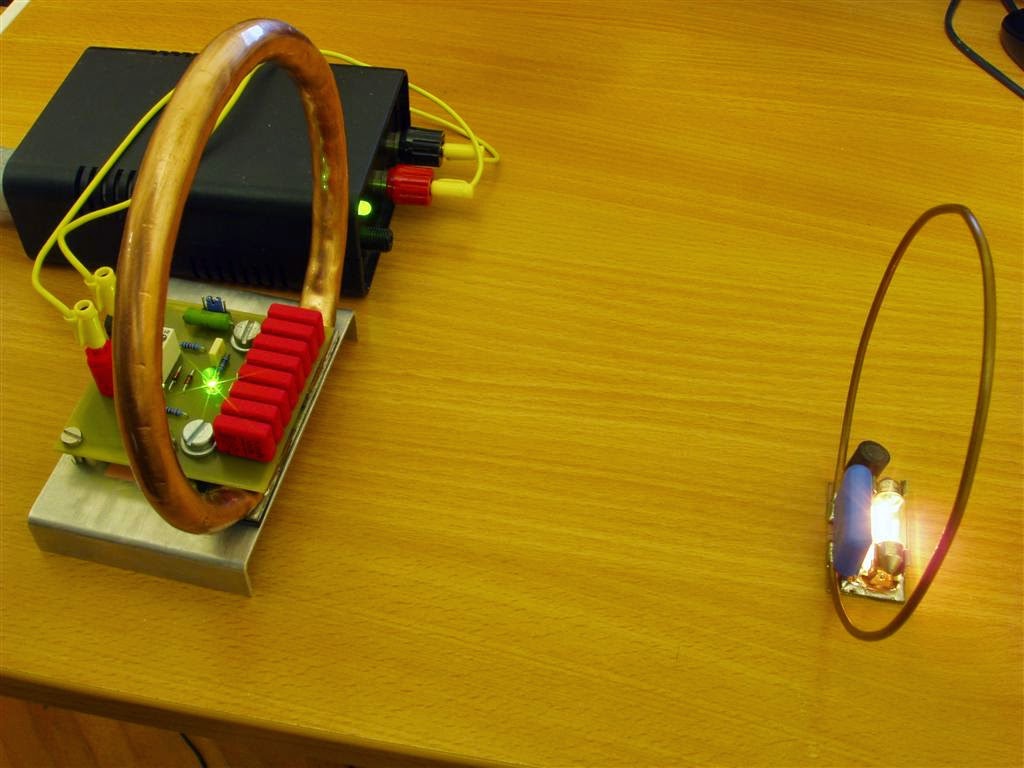Transatlantic Badge Engineering: Chevy Chevette and Opel Kadett "City"
That was the 1973 T Platform, and the link lists the many models associated with it.
Given the badge engineering theme of the present post, I will focus on two models that share the same two-door hatchback body -- an American Chevrolet Chevette and a German Opel Kadett C "City."
The Chevette's wheelbase is one inch (25 mm) longer than the Opel's, but most body features are the same aside from the front ends, as noted below. Motors and interior trim also differ, but so far as styling is concerned, the cars are in badge engineering territory.
The Opel Kadett C using the T Platform entered production in 1973. The car shown here is from a few years later, but shows the basic two-door styling with its notchback/bustleback trunk.
The "City" hatchback (three-door) version appeared around 1975. This is the body shared with its transatlantic cousin.
City rear quarter view.
City with its hatch raised.
A 1976 Chevrolet Chevette hatchback posing in a publicity photo probably with Chevy executives. The Chevette's front differs from the Opel in several ways. The forward-thrusting fender line and grille are replaced by a back-sloping grille and headlight assemblies. The bumper is beefed up to accommodate US government impact regulations. The detailed designs of the grilles also differ.
Seen from the rear quarter the cars are the same aside from some minor trim variations.








Comments
Post a Comment